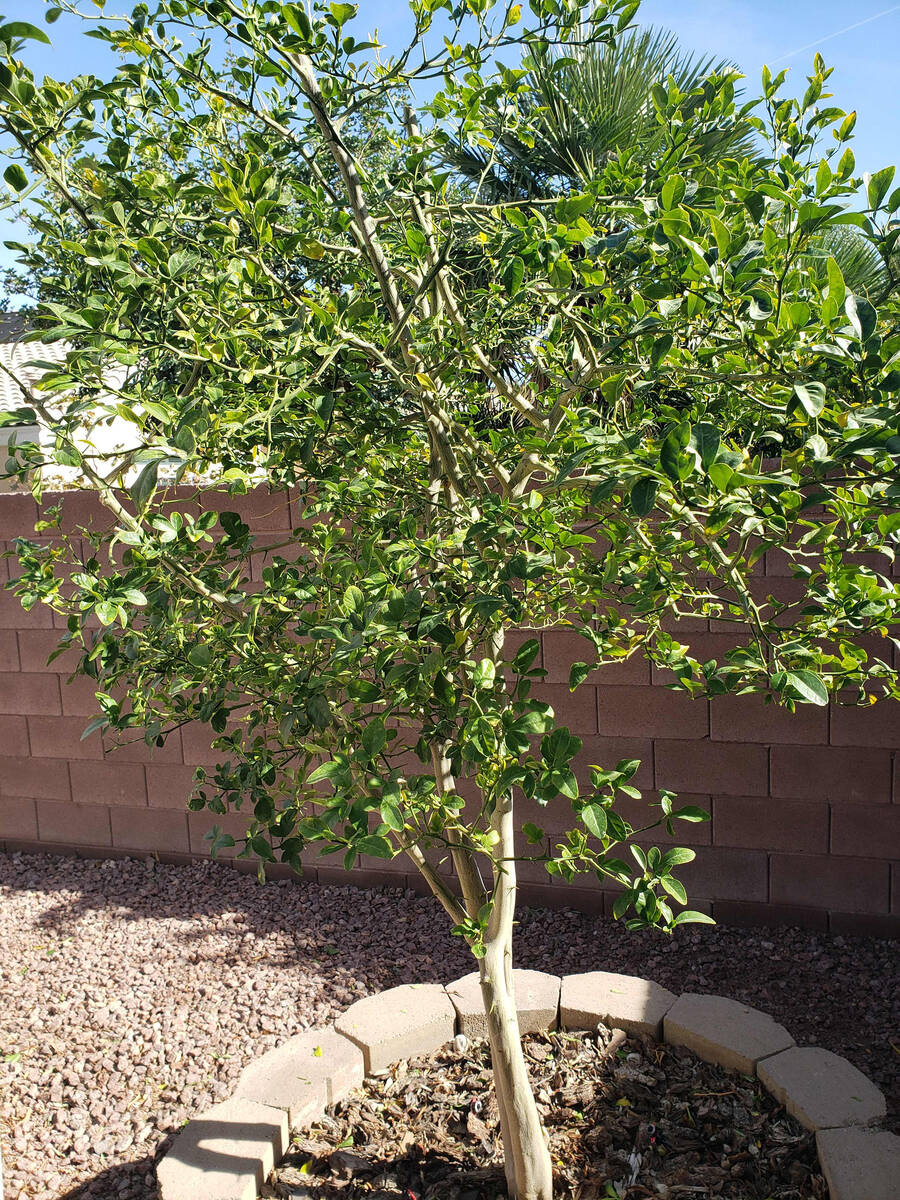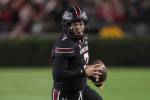What time of year is right for pruning bird of paradise?
Q: Should bird of paradise bushes be trimmed to the ground in the winter?
A: Look at the plant. If it suckers from the base (I can’t think of any birds of paradise that don’t), then it will grow again when you prune it back. Just prune it back in late fall, winter or early spring. With bird of paradise, it depends on how cold it gets during the winter. Sometimes there is no damage. Other times the damage is extensive. If it’s the latter, prune it to the ground and it will spring back to life when it gets warmer.
Wait until most of the winter damage has been done (usually by the middle to end of February you will know) to make that determination. If it looks unsightly, prune it to the ground around then.
If pruning is done in late fall, winter or early spring, the plant can handle it.
Q: You often say to dig the planting hole three times wider than the container. Let’s say the radius of a 5-gallon planting container is 4 inches. Are you saying the radius of the planting hole should be 12 inches?
A: Radius or diameter, it doesn’t matter as long as it’s the same measurement used between the plant purchased and the hole that is dug. If you’re planting a 5-gallon container plant, and it measures 4 inches for a radius, then a 12-inch radius for the hole is around the right size.
I happen to use the diameter and not the radius. The “three times rule” is just a guideline.
You want to loosen the soil and add amendments so that roots have some place to grow. The amendments help keep the soil from settling back.
The important part is that you’ve loosened the soil, put amendments in it to keep the soil loose, and made the hole larger for growth. Don’t just plant something with a hole barely large enough for the roots to grow. Some landscapers do that.
Another important factor is that you’ve dug the hole wide and not necessarily deep. The only reason for digging a hole deeper is because of drainage problems. If you’re suspicious of drainage once you’ve dug a hole, fill it with water in the evening and check it in the morning. It should have drained by then.
I’ve heard landscapers claim that when a hole is dug deep, plants “settle” into the soil after planting. I understand what they are saying, but let’s wait and see if this is a problem. When soils are watered after filling them with amended soil, and before planting, settling should present little to no problem. Always plant in wet soil.
Q: Is it too late to plant bushes? Should I wait till February?
A: It depends on the plants. If you’re talking about plants that might freeze during winter, then wait until after the freezing has passed. Most citrus and yellow bells come to mind.
I use the rule that most winter freezing temperatures here don’t get below about 25 degrees, if freezing happens at all.
Give them a chance to grow and establish themselves before taking a chance they will freeze. If you’re talking about plants that usually don’t freeze during the winter (most roses come to mind), then plant them fall or spring.
When planting in fall, look up the plant’s freezing tolerance online. I use a minimum of 20 degrees for important plants, what I call the “backbone plants” of a landscape. Plants that freeze at temperatures less than that you can play with.
Q: Can you tell me if this is a lemon tree? The former homeowner said it was a lemon tree, but this year it didn’t produce any flowers or fruit. As you can see, the leaves look like a lemon tree, but the spines are very long and sharp. If it doesn’t flower next year, and produce fruit, I will probably take it out.
A: Judging from the pictures you sent, it’s a fairly cold-hardy citrus of some sort. Using the information from the former homeowner, it’s probably an improved Meyer lemon. This variety will not freeze back to the ground until temperatures are about 25 degrees. Cold-hardy citrus include grapefruit and kumquats. Lemon trees flower in late January through most of February.
There is another freezing problem with all fruit trees, including citrus, that will not affect size. That freezing problem happens just at or slightly below freezing. Whenever flowers are open and the temperatures drop slightly below freezing, there is a loss of fruit production.
How much of a loss depends on how cold it gets. If it gets around 25 degrees, all of the fruit can be lost. That’s called a hard freeze. If temperatures dip slightly below freezing, let’s say 28 degrees, some fruit will be lost. Repeated light freezes may affect the amount of fruit produced.
Q: When I bought my house the yard was finished. All the plants had drippers. I decided to change to adjustable drippers. Since then I have had problems with them. The other day, about two-thirds of them weren’t working! I either adjusted or replaced them and they worked fine. This seems to happen throughout the year, but I have never seen so many not work at once. My front yard also has adjustable emitters, but I don’t have the same problems as the backyard. Any thoughts on this?
A: Make sure your drip irrigation systems have filters. Next, make sure there is a place to flush the drip irrigation lines. Both are very important to have, but not always installed, particularly on older systems.
A drip irrigation filter should be present somewhere close to the valve, usually downstream of the valve, but before the first emitter. The purpose of the drip irrigation filter is to provide clean water to the drippers or emitters. Because the size of the hole inside the emitter is so small (yes, even variable types), they must have clean water or they will plug. All the valves that provide water to drip emitters should be outfitted with them. Most of the time filters are not needed because the municipality provides clean water, but it’s good to have them for flushing just in case.
The minimum size of a filter for any kind of drip irrigation is 120 mesh. A mesh size means there are at least 120 holes for each square inch of filtration. Check and make sure that a drip filter was provided on any line used for drip irrigation.
Next make sure there is some place to flush the lines. Whenever repairs are made, (this includes replacing emitters) the drip irrigation lines are flushed to get rid of any dirt in the lines.
Most variable type of drip emitters can be like playing whack-a-mole; you turn up one to release more water and the next one or two emit less water. It forces you to go back and forth between drippers until the water released is back to normal. In drip irrigation lingo, these are called noncompensated pressure emitters, as opposed to compensated pressure emitters. Compensated emitters release water consistently. Always select this type if there is a choice.
Bob Morris is a horticulture expert and professor emeritus of UNLV. Visit his blog at xtremehorticulture.blogspot.com. Send questions to Extremehort@aol.com.





























